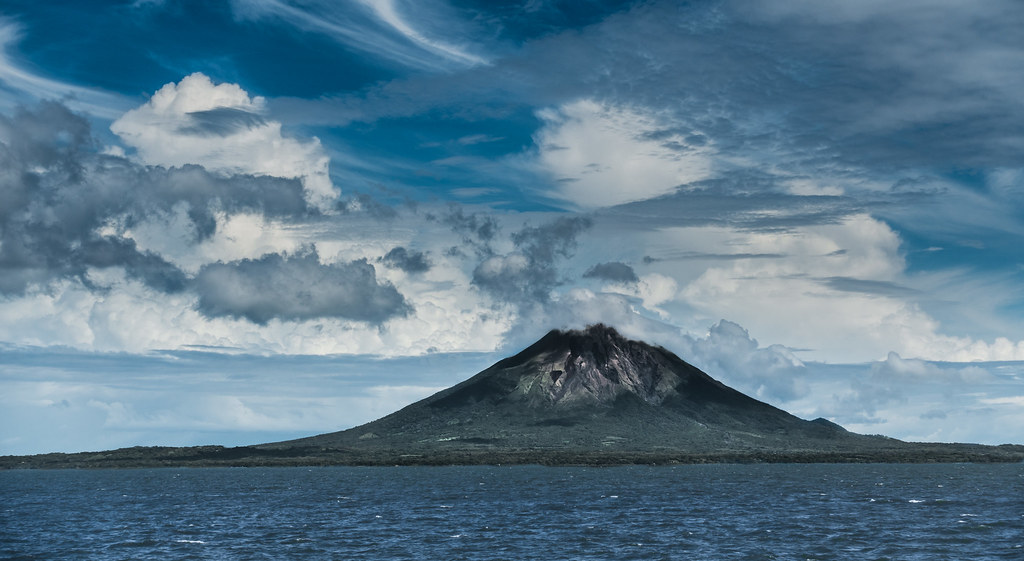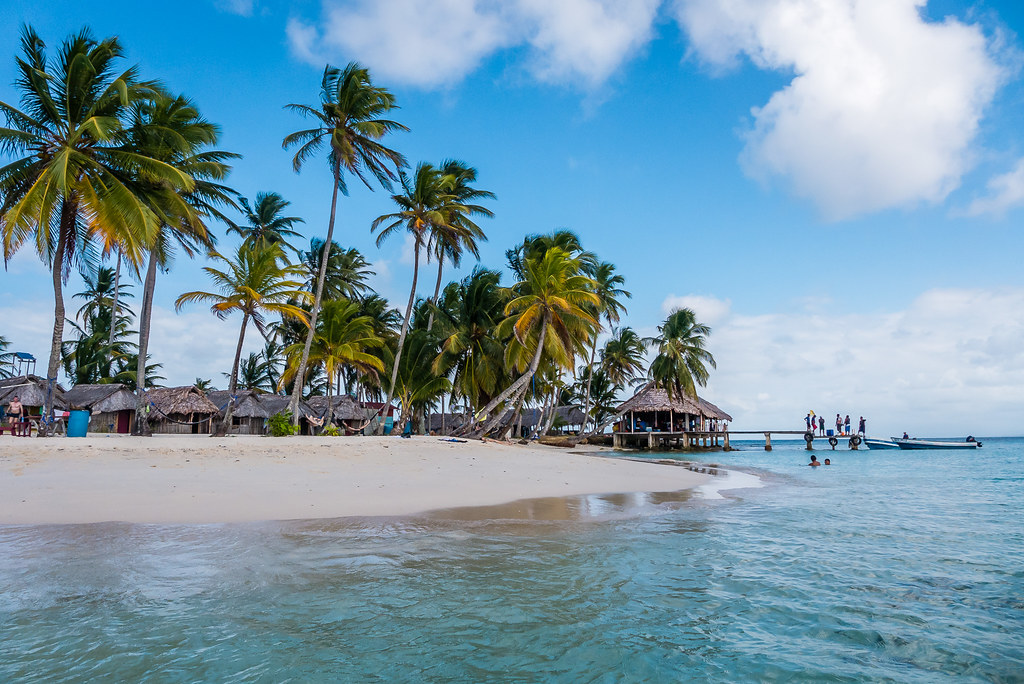Venice, the city of canals, has long been etched in the minds of travelers as a place of wonder, a maze of waterways and a monument to the grandeur of the Italian Renaissance. With its history, art, and architecture, Venice draws an estimated 20 million visitors each year, all searching for that special memory to take home. But beneath the surface of this tourist hotspot lies a city grappling with the challenges of overtourism and the quest to maintain its unique identity.
As a Unesco World Heritage site, Venice’s allure is undeniable. The city’s mayor, in an effort to protect Venice from the overwhelming influx of day-trippers, has introduced a €5 fee for visitors on select busy days during spring and summer. This policy is part of a broader strategy to manage the flow of tourists and safeguard the city’s fragile ecosystem. The ban on cruise ships entering the Venice lagoon, implemented in 2021, is another bold move to preserve the city’s delicate balance.

The new measures are a response to the fact that around 80% of Venice’s tourists are day-trippers, who contribute little to the local economy and exacerbate the city’s decline. Starting from 2024, all travelers will need to register their visit in advance and obtain a QR code. While children under 14 and those traveling for work, study, or family visits are exempt, the municipal police and authorized inspectors will enforce the policy with fines for non-compliance reaching up to €300.
Some skeptics question whether the nominal fee will deter visitors from flocking to Venice, with one city politician likening the city to ‘a theme park, a Disneyland,’ where entry is gained through a fee. This comparison, however, overlooks the deeper issues at play. Unlike Bhutan’s ‘sustainable development fee’ of US$100 per night, Venice’s approach aims to strike a balance between welcoming tourists and preserving the city’s essence.
The phenomenon of ‘Veniceland’ is a testament to the city’s struggle with overtourism. Residents endure the congestion, environmental damage, and cultural erosion that come with 20 million annual visitors. The decline in Venice’s permanent population, from a peak of 175,000 to around 50,000, has given rise to protests and expressions of discontent. The ‘Funeral of Venice’ and ‘Welcome to Veniceland’ demonstrations highlight the local community’s fears that Venice is transforming into a mere attraction rather than a living city.
To address these concerns, experts suggest a combination of economic and non-economic policies tailored to each destination. The World Tourism Organisation’s report on overtourism outlines 11 strategies and 68 measures for managing visitor growth in urban areas. Barcelona’s success in managing mass tourism through a data-driven system and public engagement offers a potential model for Venice to consider, without resorting to entrance fees.
My personal journey to Venice began with a mix of anticipation and skepticism. Italy holds a special place in my heart, and after visits to Milan and Rome, Venice beckoned. Despite warnings of high prices, odorous canals, and overpriced gondola rides, my first impression of Venice was overwhelmingly positive. The city’s uniqueness, quaintness, and beauty captivated me from the start.
Venice, in my view, is more of a shopping destination than a tourist one. While it boasts incredible attractions and a rich history, many visitors come for the retail experience. My friend and I explored the city on foot, taking in the sights along the main streets, the grand canal, and the smaller waterways. Piazza San Marco, with its stunning Saint Mark’s Basilica and Doge’s Palace, stood as the heart of the city, drawing us in with its magnetic charm.
Our spontaneous trip was filled with gelato, souvenirs, and more gelato. We crossed the Rialto Bridge, passed the Bridge of Sighs, and immersed ourselves in the museums and history of Venice. The experience was not without its lessons, though. The importance of sunscreen, staying hydrated, and avoiding tourist traps became clear as we navigated the city.

One piece of advice I would offer to future visitors is to consider timing your trip to coincide with the Carnival. The masquerade masks, a significant aspect of Venetian culture, are a sight to behold, and the Carnival atmosphere is said to be an elaborate and beautiful affair.
Sharing my experiences and photos from Venice is not just about recounting a personal adventure; it’s about peeling back the layers of a city often misunderstood and misrepresented. Venice is not just a tourist trap; it’s a living, breathing city with a soul that continues to enchant those who look beyond the crowded piazzas and souvenir shops. As we navigate the complexities of travel and tourism, let’s remember to cherish and respect the places we visit, for they are more than just backdrops for our photographs; they are homes to communities with rich histories and vibrant cultures.
Venice, with its labyrinth of canals and narrow alleyways, offers an experience unlike any other. As I reflect on my recent journey, I’m eager to share some insider tips and tales that could help you navigate this enchanting city with ease and make the most of your Venetian adventure.
Venice is perfect for pedestrians, walking is ideal for discovering hidden gems.
The winding paths and bridges reveal intimate squares, local shops, and stunning architecture at every turn. However, it’s easy to get lost in this maze, so I recommend downloading an offline map or investing in a good old-fashioned paper one. Remember, getting lost in Venice isn’t a misstep; it’s an opportunity to discover the city’s true charm.
For those moments when your feet need a break, Venice’s vaporetti, the public water buses, are a practical and scenic way to travel. They’re much more affordable than private water taxis and offer a unique perspective of the city from the water. Be sure to validate your ticket before boarding to avoid hefty fines, and consider purchasing a travel card if you plan to use the vaporetti frequently during your stay.
Let’s dive into the heart of Venetian culture – the food.
Venetian cuisine is a delightful blend of Italian flavors and fresh seafood. To avoid the tourist traps, venture away from the main attractions and seek out where the locals dine. Look for bacari, small bars offering cicchetti, Venice’s answer to tapas. These bite-sized snacks are perfect for sampling a variety of local dishes without breaking the bank. Pair them with a glass of spritz, and you’ve got yourself a quintessential Venetian experience.
When it comes to shopping, Venice is renowned for its artisanal crafts, especially glass from the nearby island of Murano. While it’s tempting to purchase glass souvenirs in the city, I recommend taking a short vaporetto ride to Murano itself. There, you can visit workshops, watch glassblowing demonstrations, and buy authentic pieces directly from the artisans.
As for accommodations, staying overnight in Venice has its perks. The city transforms at night when the day-trippers depart, and you can enjoy a more serene atmosphere. Consider booking a room in one of the quieter sestieri, or districts, such as Dorsoduro or Cannaregio, to experience a more residential side of Venice.
One highlight of my trip was meeting the Venetians.
Despite the city’s struggle with overtourism, the locals were warm and welcoming. Engaging with them not only enriched my experience but also gave me a deeper appreciation for their resilience in preserving Venice’s living culture. During my stay, I encountered a group of Venetian artisans who shared their concerns about the city’s future. They emphasized the importance of supporting local businesses and respecting Venice’s delicate environment. Their passion for their city was palpable, and it reminded me that our travel choices can have a significant impact on the destinations we visit.
As for the €5 fee for day-trippers, it’s a small price to pay for the preservation of this extraordinary city. While some may compare Venice to a theme park, I believe the fee is a necessary step towards sustainable tourism. It’s not about deterring visitors but about encouraging responsible travel and contributing to the city’s upkeep.
Venice is more than just a picturesque backdrop for photos; it’s a living museum with a rich history and vibrant local culture. As travelers, we have the privilege and responsibility to explore respectfully, ensuring that cities like Venice can be enjoyed by generations to come. Pack your bags, charge your camera, and set out on your Venetian journey with an open heart and an open mind. You’ll find that Venice, far from being a tourist trap, is a treasure trove of experiences waiting to be discovered.
Related posts:
An entry fee may not be enough to save Venice from 20 million tourists
An entry fee may not be enough to save Venice from 20 million tourists (businesstimes.com.sg)
This Tourism Company Trying To Save Venice From Tourists (forbes.com)




